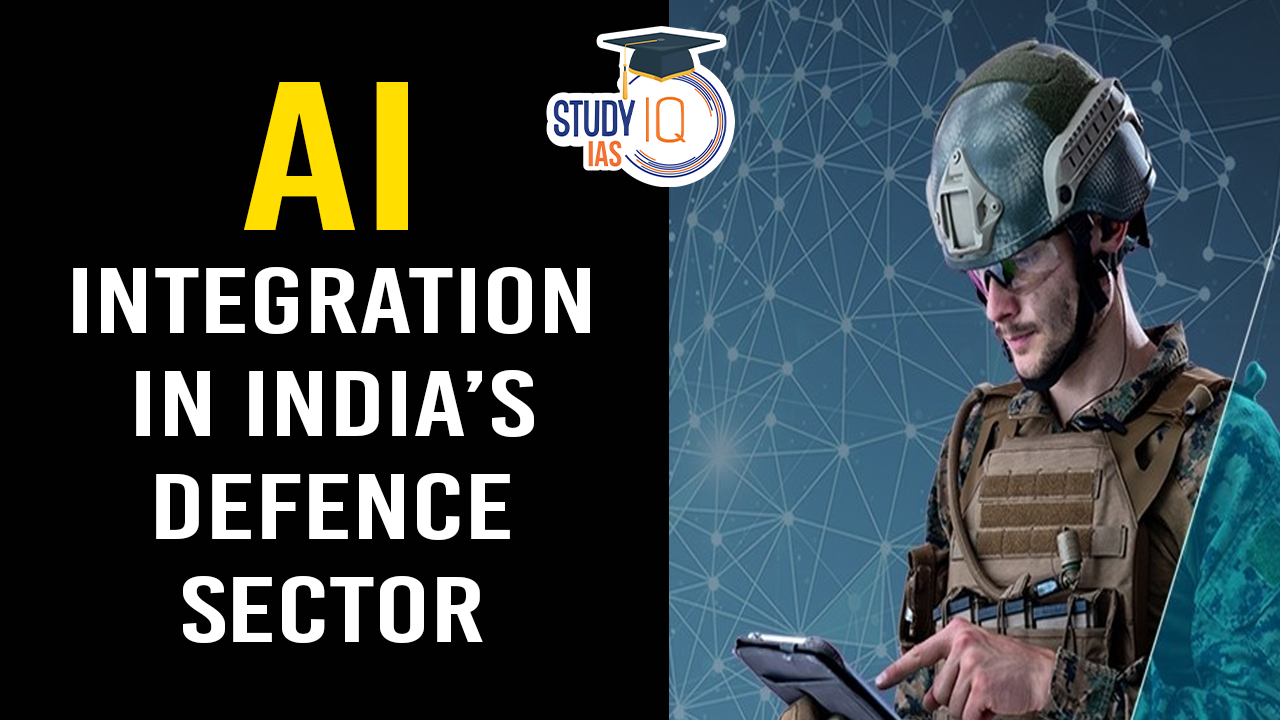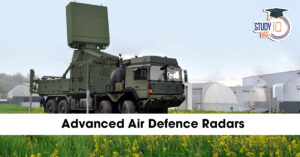Table of Contents
Context: India is modernizing its military with a defence budget of ₹6.21 lakh crore ($75 billion) in 2023, focusing on AI integration.
Progress in Military AI Integration
- Union Defence Minister Rajnath Singh has highlighted AI’s revolutionary potential in military operations, such as predictive analytics and autonomous decision-making systems.
- India participates in international AI initiatives, indicating a strategic focus on military AI development.
- AI applications like the Indrajaal autonomous drone security system have been developed.
- Microsoft has committed $3 billion to build data centres in Telangana, showcasing international investment in India’s AI ecosystem.
Check Here: India’s AI Mission
Hurdles in AI Deployment
- Infrastructure and Financial Constraints: Lack of digitized data to train AI systems.
- High costs of AI-compatible data centres.
- Limited resources due to the focus on replacing outdated legacy systems like older aircraft.
- Policy Gaps:
- National Strategy for Artificial Intelligence: Outlines India’s vision but lacks detailed implementation mechanisms.
- Responsible AI for All: Emphasizes transparency and accountability but falls short on military-specific AI recommendations.
- Fragmented Governance: Bodies like the Defence Artificial Intelligence Council (DAIC) and Defence AI Project Agency (DAIPA) aim to address gaps but lack visible progress.
- India’s Strategic Clarity Is Inconsistent: While AI is acknowledged as critical, leaders express concerns about its potential risks.
- The External Affairs Minister compared AI’s dangers to nuclear weapons.
- Prime Minister Modi warned of AI’s “darker sides” during the Global Partnership on Artificial Intelligence (GPAI) in 2023.
Other Challenges
- Siloed Armed Forces: Separate doctrines, systems, and communication practices among the Army, Navy, and Air Force hinder interoperability and joint operations.
- Reliance on Public Sector Units (PSUs): Defence manufacturing has historically been PSU-dominated, despite the rise of capable private companies and startups.
Strategic Recommendations for AI Adoption
- Strengthen Policies and Frameworks: Implement robust guidelines for AI deployment and regulation.
- Tackle Inter-Service Silos: Foster interoperability across the armed forces.
- Promote Private Sector Involvement: Need for public-private partnerships (PPPs) to ensure large-scale, high-quality system deployment.
- Example: The space sector’s transformation through PPPs serves as a model.
- Collaborate Internationally: Enhance global partnerships for technological advancements.


 Advanced Air Defence Radars: Types, Comp...
Advanced Air Defence Radars: Types, Comp...
 Ion Chromatography, Working and Applicat...
Ion Chromatography, Working and Applicat...
 Broadly Neutralising Antibodies (bNAbs):...
Broadly Neutralising Antibodies (bNAbs):...

























